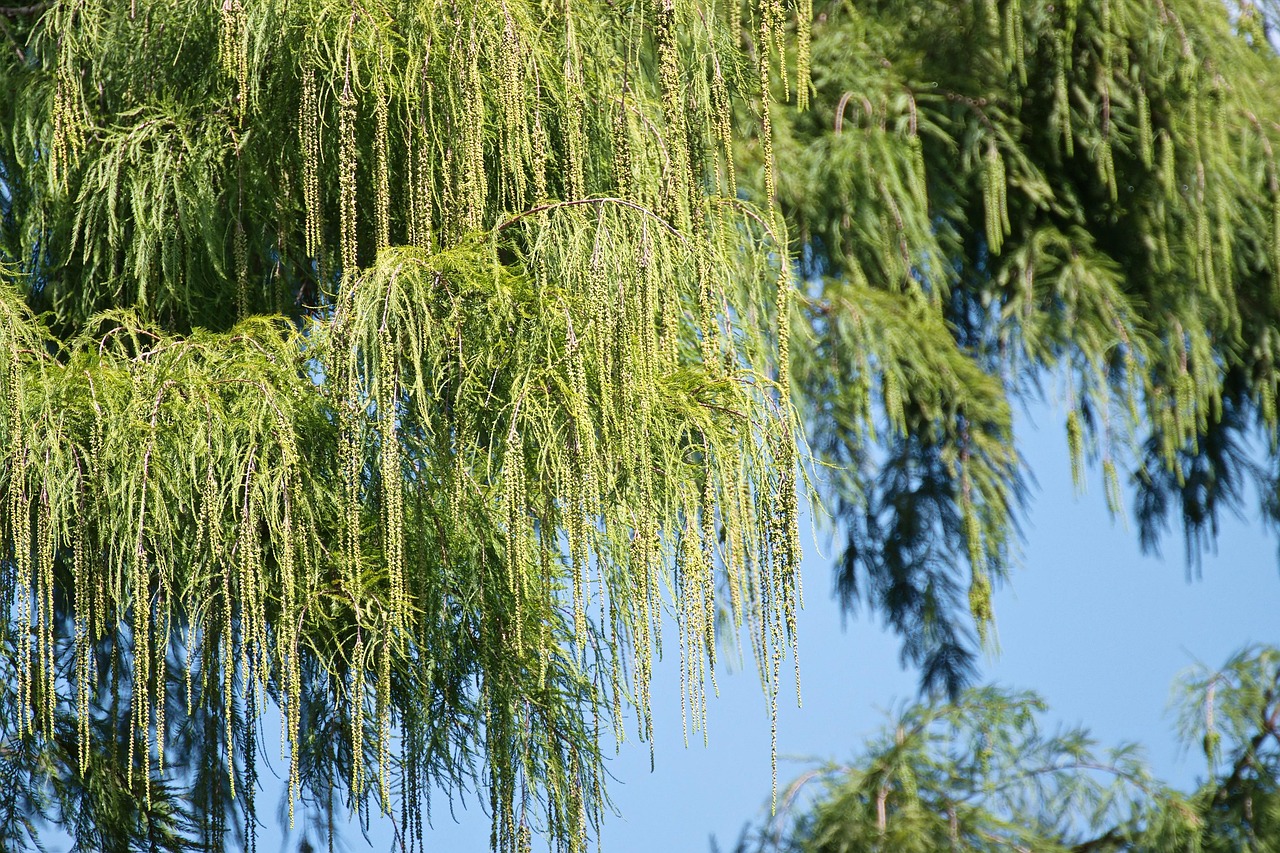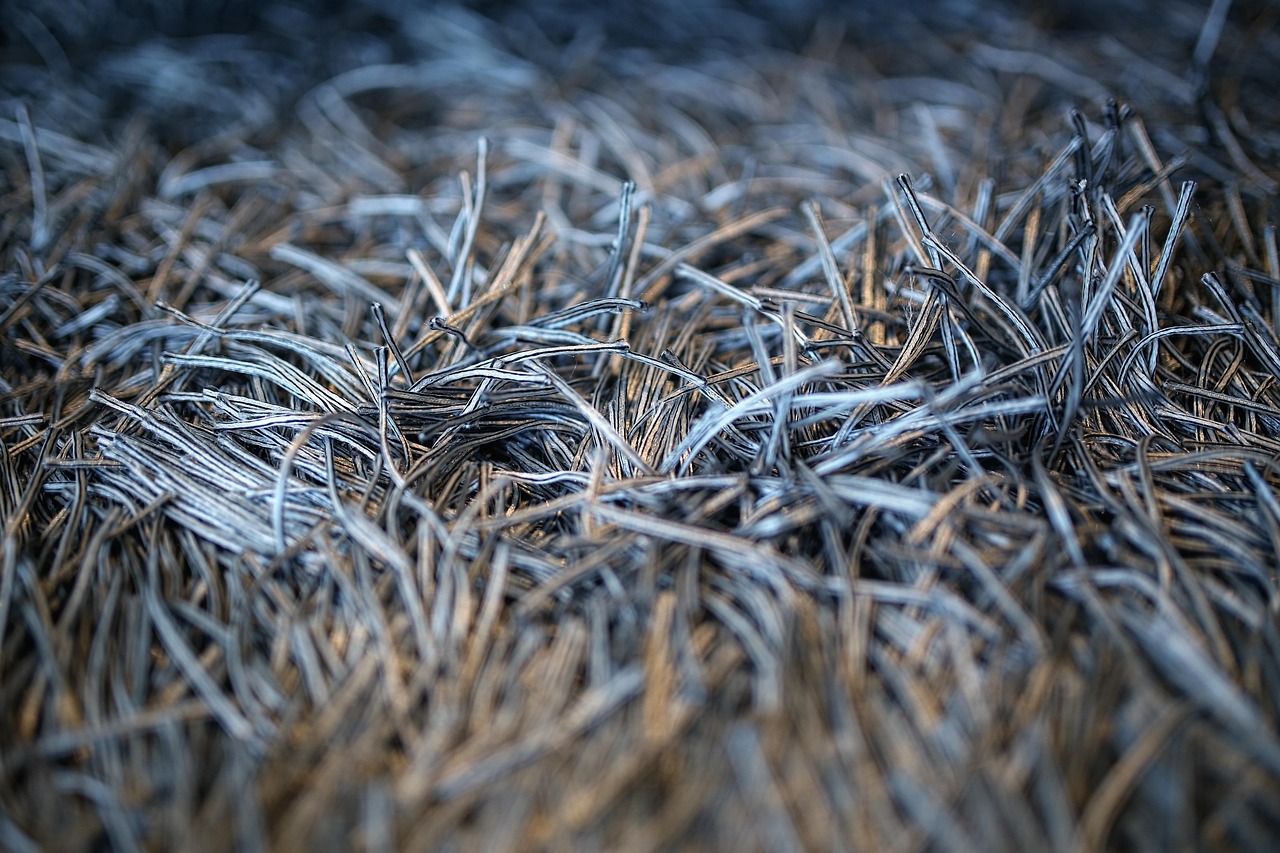The Chinese Fringe Tree (Chionanthus retusus) exhibits a moderate growth rate, typically reaching 12 to 24 inches per year under ideal conditions. This growth rate contributes significantly to its appeal in landscapes, providing a lush, dense canopy and stunning floral displays.
The Chinese Fringe Tree is a deciduous tree native to China. It is renowned for its attractive appearance and fragrant flowers. In recent years, it has gained popularity in landscaping due to its unique characteristics and adaptability. Gardeners and landscape designers appreciate the tree for its ornamental value and the way it enhances outdoor spaces.

This tree thrives in a variety of soil types but prefers well-drained locations. It can tolerate urban environments, making it a suitable choice for city landscaping. The Chinese Fringe Tree can grow to a height of 20 to 30 feet and spread equally wide, forming a rounded canopy that provides ample shade.
Growth Characteristics
Understanding the growth characteristics of the Chinese Fringe Tree is essential for anyone looking to incorporate this species into their landscape design. The tree’s growth rate, overall size, and adaptability are important factors to consider.
| Characteristic | Description |
|---|---|
| Height | 20 to 30 feet |
| Spread | 20 to 30 feet |
| Growth Rate | 12 to 24 inches per year |
| Flowering Season | Spring |
| Leaf Color | Dark green, turning yellow in fall |
| Fruit | Blue-black drupe, attracts birds |
The Chinese Fringe Tree’s growth rate is influenced by several factors, including soil quality, water availability, and sunlight exposure. To achieve optimal growth, it is important to plant the tree in a location that receives full sun to partial shade. A well-drained soil rich in organic matter will also enhance its growth potential.

One of the notable aspects of this tree is its flowering period. In spring, the Chinese Fringe Tree produces clusters of delicate, fringe-like white flowers that emit a pleasant fragrance. This display not only attracts pollinators such as bees but also adds visual interest to gardens during the blooming season.
Landscape Appeal
The aesthetic appeal of the Chinese Fringe Tree extends beyond its flowers. Its dark green leaves create a lush backdrop throughout the growing season. In the fall, the leaves transition to yellow, providing seasonal color changes that enhance landscape designs. The tree’s rounded shape makes it an excellent focal point in gardens and parks.
In addition to its visual appeal, the Chinese Fringe Tree is valued for its ability to provide shade. As the tree matures, its broad canopy offers relief from the sun, making it a popular choice for patios and outdoor seating areas. This functional aspect adds another layer of value to its use in landscaping.

The tree is also relatively low maintenance once established. It is resistant to many pests and diseases, which simplifies care for gardeners. Regular watering during dry spells and occasional pruning can help maintain its shape and health.
For those looking to create a diverse landscape, the Chinese Fringe Tree can be paired with various other plants. It complements flowering shrubs and perennials beautifully. Its unique flowers and foliage can enhance the overall beauty of any garden or yard.
Overall, the Chinese Fringe Tree’s moderate growth rate, unique flowering patterns, and seasonal foliage make it a valuable addition to many landscapes. Understanding its needs and characteristics can help gardeners choose the best location and care practices for optimal growth.
Planting and Care Requirements
Successfully growing a Chinese Fringe Tree requires understanding its specific planting and care needs. This tree thrives in environments that mimic its natural habitat. Here are some key factors to consider when planting and caring for this beautiful tree.

Soil Conditions
The Chinese Fringe Tree prefers well-drained soil rich in organic matter. It can tolerate a range of soil types, including sandy and clay soils, but drainage is crucial. Poorly drained soils may lead to root rot and other health issues.
Watering Practices
While the Chinese Fringe Tree is somewhat drought-tolerant once established, regular watering during the first few years is important for promoting healthy growth. The following watering guidelines can help:
- Water deeply but infrequently to encourage deep root development.
- Avoid waterlogging; ensure the soil dries out slightly between waterings.
- During dry spells, monitor soil moisture and adjust watering as needed.
Sunlight Requirements
This tree thrives in full sun to partial shade, making it highly adaptable to various light conditions. However, to promote robust growth and abundant flowering, it is best to plant it in a location that receives at least six hours of direct sunlight each day.
Fertilization and Pruning
Proper fertilization and pruning techniques can significantly enhance the growth and health of the Chinese Fringe Tree. Here are some best practices:
Fertilization
Fertilizing the tree can encourage vigorous growth, especially in the early years. Consider these tips:
- Use a balanced, slow-release fertilizer in early spring before new growth begins.
- Avoid excessive nitrogen, which can lead to lush foliage but fewer flowers.
- Conduct a soil test to determine specific nutrient needs.
Pruning Techniques
Regular pruning helps shape the tree and remove any dead or diseased branches. This should be done during late winter or early spring before the flowering season:
- Remove any crossing or crowded branches to improve airflow.
- Maintain an open center to promote healthy growth and flowering.
- Trim back any dead wood as necessary throughout the growing season.
Pest and Disease Management
The Chinese Fringe Tree is generally resistant to many pests and diseases. However, being vigilant can help you identify any issues early. Here are some common problems and their management strategies:
- Scale Insects: Look for sticky residue on leaves or a decline in overall health. Treat with horticultural oil if necessary.
- Powdery Mildew: This fungal issue appears as white spots on foliage. Improve air circulation and apply fungicides if severe.
- Root Rot: Caused by overly wet soil conditions. Ensure proper drainage and avoid overwatering.
Landscape Design Ideas
The Chinese Fringe Tree can serve multiple purposes in landscape design. Its unique features can enhance various garden styles. Here are some ideas for incorporating this tree into your landscaping:
Focal Points
This tree’s beautiful flowers and rounded shape make it an ideal focal point in gardens. Plant it in a prominent location where it can be admired from different vantage points.
Shade Gardens
Utilize the tree’s canopy to create comfortable outdoor spaces. Consider placing seating areas beneath its branches for a relaxing retreat during warm months.
Mixed Planting Schemes
The Chinese Fringe Tree pairs well with other plants. Here are some excellent companions:
- Flowering Shrubs: Combine with hydrangeas or lilacs for a colorful display.
- Perennials: Hostas and daylilies can thrive in the shade provided by the tree.
- Ground Covers: Use creeping thyme or ajuga to enhance the landscape beneath the tree.
By carefully considering the planting and care requirements, as well as the tree’s landscape appeal, gardeners can maximize the beauty and longevity of the Chinese Fringe Tree in their outdoor spaces.
Propagation Methods
Propagation of the Chinese Fringe Tree can be achieved through several methods. Understanding these techniques can help gardeners successfully grow new trees and expand their landscapes. The most common methods include seed propagation and vegetative propagation.
Seed Propagation
Starting from seeds is a natural way to propagate the Chinese Fringe Tree. Here are the steps involved in this process:
- Seed Collection: Harvest seeds in late summer or early fall when they are fully ripe.
- Stratification: Seeds benefit from a period of cold stratification. Place them in moist sand and refrigerate for 30 to 60 days.
- Sowing: After stratification, sow seeds in pots filled with well-draining potting soil. Ensure they are lightly covered.
- Germination: Keep the soil moist and place the pots in a warm, sunny location. Germination may take several weeks.
Vegetative Propagation
Vegetative propagation can be done through cuttings. This method allows for quicker establishment of new plants. Here’s how to do it:
- Cutting Selection: Choose healthy, semi-hardwood cuttings from the tree during late spring or early summer.
- Preparation: Trim cuttings to about 6 to 8 inches long, removing lower leaves while leaving a few at the top.
- Rooting Hormone: Dip the cut end of each cutting in rooting hormone to promote root development.
- Planting: Insert cuttings into pots filled with a mix of perlite and peat moss. Water lightly and cover with a plastic bag to maintain humidity.
- Rooting Time: Place the pots in indirect sunlight and keep the soil consistently moist. Roots should develop within a few weeks.
Common Uses in Landscaping
The Chinese Fringe Tree is versatile and can be used in various landscaping applications. Its unique features make it suitable for different settings. Here are some common uses:
Specimen Tree
As a specimen tree, the Chinese Fringe Tree stands out due to its beautiful flowers and attractive form. It can be planted alone in a lawn or garden area to draw attention and create a stunning focal point.
Street and Urban Planting
This tree adapts well to urban environments, making it a popular choice for street planting. Its ability to tolerate pollution and compacted soils allows it to thrive in city landscapes.
Pollinator Gardens
The fragrant flowers of the Chinese Fringe Tree attract pollinators such as bees and butterflies. Incorporating this tree into pollinator gardens can support local wildlife and enhance biodiversity.
Cultural Significance
The Chinese Fringe Tree holds cultural significance in various regions. It is often associated with traditional Chinese gardens, symbolizing beauty and harmony. Here are some cultural aspects related to this tree:
- Traditional Uses: In China, the tree is celebrated for its ornamental value and is often planted in parks and gardens.
- Symbolism: The tree represents resilience and beauty, making it a popular choice for landscape designs aimed at evoking tranquility.
- Culinary Uses: The fruit of the Chinese Fringe Tree, while not widely consumed, is sometimes used in traditional remedies.
Environmental Benefits
The Chinese Fringe Tree offers numerous environmental benefits that contribute positively to the ecosystem. These benefits include:
- Aesthetic Value: The striking flowers and foliage enhance the visual appeal of gardens and landscapes.
- Erosion Control: The tree’s root system helps stabilize soil, preventing erosion on slopes and banks.
- Biodiversity Support: It provides habitat and food for various wildlife species, including birds and insects.
By understanding the propagation methods, common uses, cultural significance, and environmental benefits of the Chinese Fringe Tree, gardeners can make informed decisions when incorporating this beautiful species into their landscapes.
Care and Maintenance Tips
To ensure the longevity and health of the Chinese Fringe Tree, proper care and maintenance are essential. Here are some tips to help you keep your tree thriving:
Mulching
Applying a layer of mulch around the base of the tree offers several benefits:
- Moisture Retention: Mulch helps retain soil moisture, reducing the need for frequent watering.
- Weed Control: A good layer of mulch can suppress weeds, minimizing competition for nutrients.
- Soil Temperature Regulation: Mulch moderates soil temperature, creating a more stable environment for root growth.
Monitoring Tree Health
Regular monitoring can help identify potential issues before they become serious problems. Keep an eye out for the following:
- Discoloration or wilting of leaves, which may indicate water stress or disease.
- Signs of pests such as webbing, sticky residue, or visible insects on leaves and branches.
- Fungal growth at the base of the tree or on branches, suggesting potential root rot or other fungal infections.
Seasonal Care
Different seasons require varied care strategies:
- Spring: Fertilize early in the season and prune any dead or damaged branches.
- Summer: Monitor watering needs, especially during dry spells. Consider supplemental watering if necessary.
- Fall: Rake leaves to prevent fungal diseases and prepare the tree for winter. Apply mulch as needed.
- Winter: Protect young trees from extreme cold by wrapping the trunk with burlap if necessary.
Potential Challenges
While the Chinese Fringe Tree is generally a low-maintenance species, it may face challenges that require attention. Some potential issues include:
Pest Problems
Although it is resistant to many pests, occasional infestations can occur. For example:
- Aphids: These small insects can cluster on new growth. Use insecticidal soap to manage them.
- Spider Mites: Look for fine webs on leaves. Increasing humidity can help deter them.
Disease Concerns
The Chinese Fringe Tree may be susceptible to certain diseases, including:
- Leaf Spot: Caused by fungal infections, this appears as dark spots on leaves. Ensure proper air circulation to reduce humidity around the tree.
- Canker Diseases: Look for sunken areas on branches. Prune affected parts and apply fungicides as needed.
Final Thoughts
The Chinese Fringe Tree is a remarkable addition to any landscape. Its moderate growth rate, stunning flowers, and adaptability make it a favorite among gardeners and landscape designers alike. By understanding its requirements for planting, care, and maintenance, you can enjoy the beauty this tree brings to your outdoor space.
This versatile tree not only enhances the aesthetic appeal of gardens but also supports local ecosystems by providing habitats for wildlife. Additionally, its cultural significance and environmental benefits further solidify its value in landscaping.
Incorporating the Chinese Fringe Tree into your garden means investing in a plant that offers both beauty and functionality. Whether used as a focal point, shade provider, or component of a larger planting scheme, it is bound to create an inviting atmosphere in any landscape setting. By applying the knowledge shared in this article, you can cultivate a thriving Chinese Fringe Tree that will provide enjoyment for years to come.
